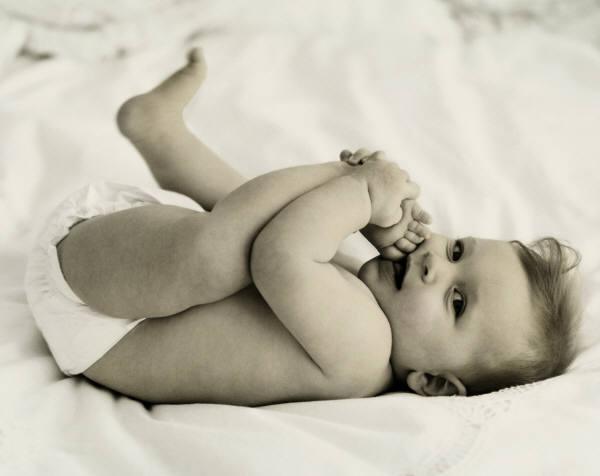

The central courtyard leading to the main hall

Intricate carvings on doors
After spending about an at the mansion, we took a bus back to the train station and headed to our next destination, the Fung Ying Seen Koon, the largest Taoist institute in Hong Kong, dominating the skyline from its commanding site on a hillside overlooking the New Territories town of Fanling. The main hall of the temple stands amidst numerous pavillions and towers, and contains shrines to various Taoist deities. There is also a finely inscribed wall behind the main hall with the 72 Immortals on one side and the entire text of the Tao Te Ching (the Taoist scripture) on the other. We had lunch at the restaurant inside the temple, famous for serving vegetarian meals.

Our vegetarian set lunch
Next, we embarked on the Lung Yeuk Tau (Mountain of the Leaping Dragon) Heritage Trail near Fanling. Many of the historic buildings along the trail are legacies of the Tang clan, the first and largest of the Five Great Clans to settle in the New Territories. The trail, which stretches about 2.25km, passes more than a dozen historic structures along the way, including walled villages (wai tsuen in Chinese), to keep out bandits or marauders – not unlike the gated communities of modern days. It also passes vegetable plots, tended by Hakka women wearing traditional fringed hats. Major highlights include:
Ma Wat Wai
The village is enclosed by walls on four sides, with the main entrance facing north. The gatehouse with its gun platform over the gate is made of thick plated wrought iron. When closed and locked, the design allows air to circulate but provides a good deal of strength at the same time. All the houses in the village are in orderly rows, with a communal altar located at the end of the main alley.
 The main entrance of Ma Wat Wai and the communal altar at the end of the main alley
The main entrance of Ma Wat Wai and the communal altar at the end of the main alley

The narrow main alley of Ma Wat Wai
Lo Wai
Constructed on a small hill, this village was the first walled village built by the Tang clan in this area. It is enclosed by thick walls on all four sides, and accessible only through the single narrow gateway on the east side. The narrowness of the entrance was meant to facilitate defence of the village. Next to the entrance is a well, which used to be the village's main water supply. The gatehouse contains a shrine to the Earthgod and has a gun platform above. The houses inside the village have been built in an orderly arrangement and a raised platform on the north wall functions as a watchtower.
 Clockwise from top left: Main entrance of Lo Wai, houses inside Lo Wai, the modern houses nearby, the village well
Clockwise from top left: Main entrance of Lo Wai, houses inside Lo Wai, the modern houses nearby, the village well
The Tang Chung Ling Ancestral Hall
This is the main ancestral hall of the Tang clan of Lung Yeuk Tau. Built in the early 16th century in memory of Tang Chung Ling, the founding ancestor, it houses the soul tablets of the clan ancestors. The entire building is decorated with wood carvings, mouldings and murals of auspicious motifs.

Tin Hau Temple
The local Tin Hau Temple is located next to the Tang Clan Ancestral Hall. Tin Hau, protector of fishermen and one of Hong Kong’s most popular deities, is in the Main Hall while Kam Fa, goddess of childbirth, is in the side hall.
Next on our plan was a visit to the Lam Tsuen (Lam Village) Wishing Trees. These two famous banyan trees are a favourite with local villagers who come to burn joss sticks and incense papers hoping their wishes will come true. During Chinese New Year, many Hong Kong people make a pilgrimage to this spot to make their Chinese New Year wishes by tying wish-making papers onto the wooden racks beside the trees. Nearby is the Tin Hau Temple, with the main hall dedicated to Tin Hau, the Goddess of the Sea.

The banyan trees, which are undergoing "restoration" to strengthen the branches


Tin Hau temple at Lam Tsuen
We then took a bus back to the train station and took a train back to Tsim Sha Tsui. Since it was dusk, we dropped by the Avenue of Stars, with commemorative plaques (some with the hand-prints of local stars), sculptures and movie memorabilia paying tribute to the stars of the “Hollywood of the East”. Its location on the Tsim Sha Tsui promenade offers panoramic views of the famed Victoria Harbour and Hong Kong skyline. It is also a good place to watch A Symphony of Lights, which comes on at 8pm daily. The show features flashing neon lights, laser and searchlight beams on more than 40 buildings on both sides of the harbour, synchronised to music and narration that celebrates the energy, spirit and diversity of Hong Kong.

After that, we took a stroll along Nathan Road back to Temple Street Night Market, where we had our dinner, and finally called it a day.











4 comments:
wow...new territories seems to be vy interesting to visit
Jazz - you will have a field day with your camera. My photos didn't turn out that well.
Wow...the carvings on the doors are beautiful! And the wishpapers look so messy LOL
Kittycat - I love that house, spent more than an hour just walking around and admiring the carvings
Post a Comment